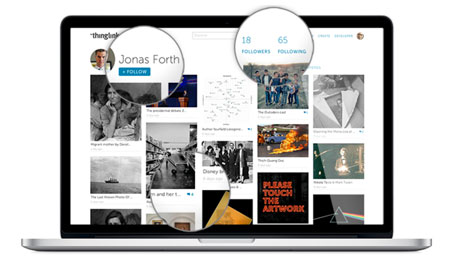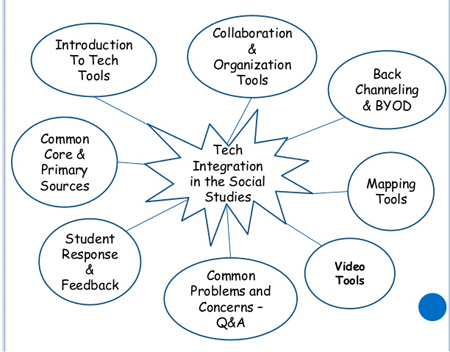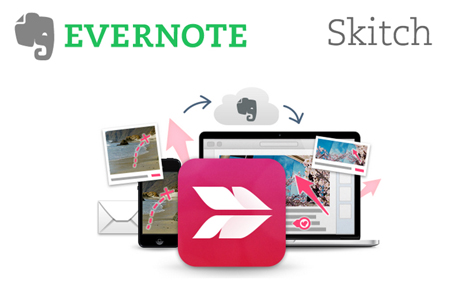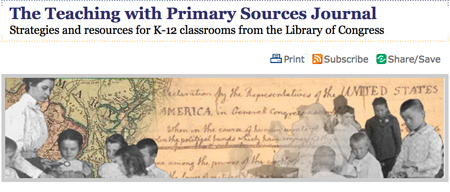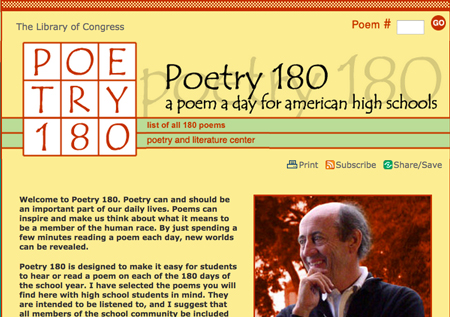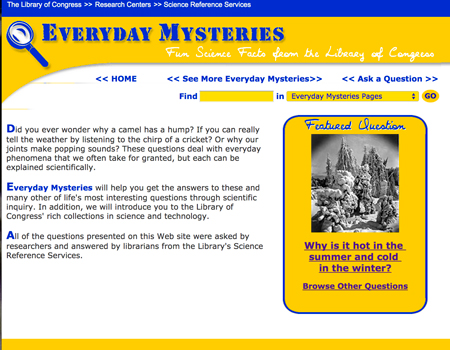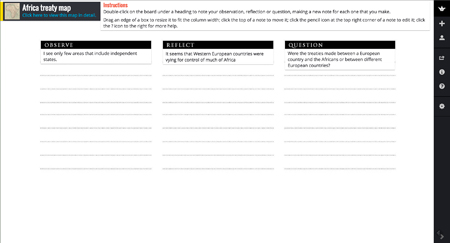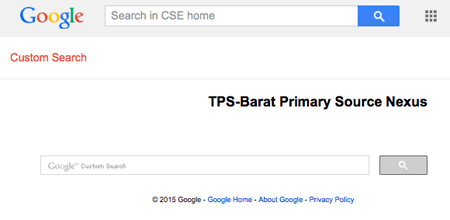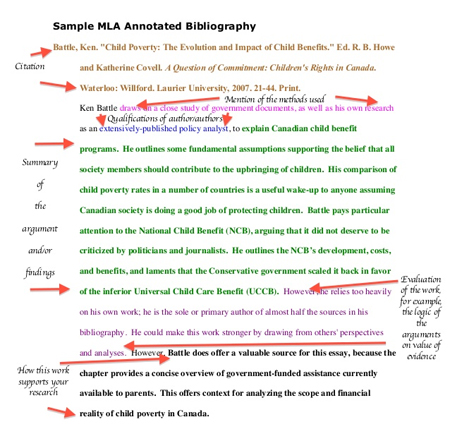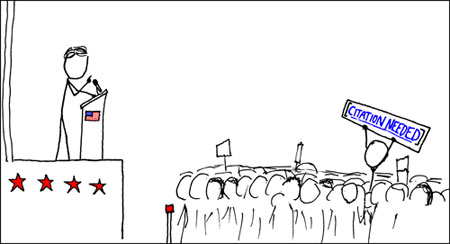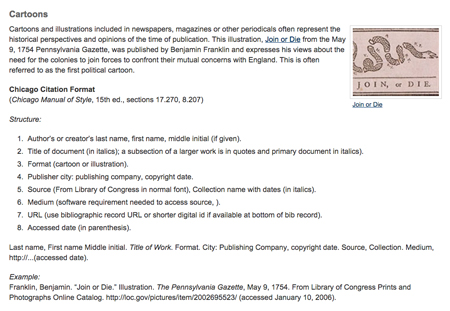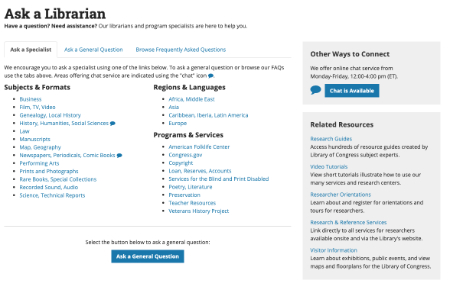Tech Tool: Primary Source Analysis & Annotation with ThingLink
ThingLink is an online tool that allows you to layer images and videos with text, web links, and other media files. Most digitized primary sources from the Library of Congress, including most text documents, are saved as image files so ThingLink is a great tool for analyzing and annotating primary sources directly on the sources…

